

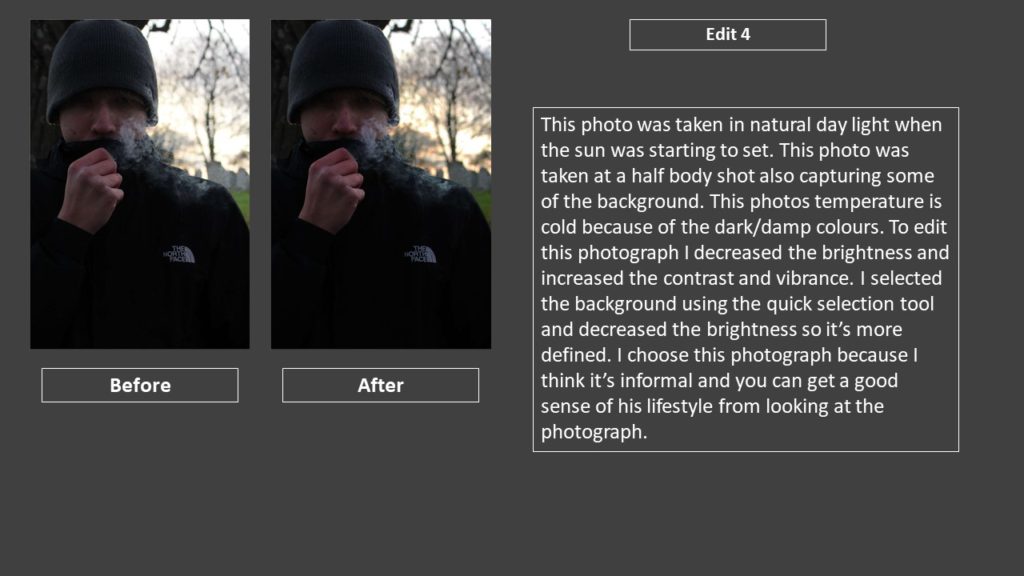










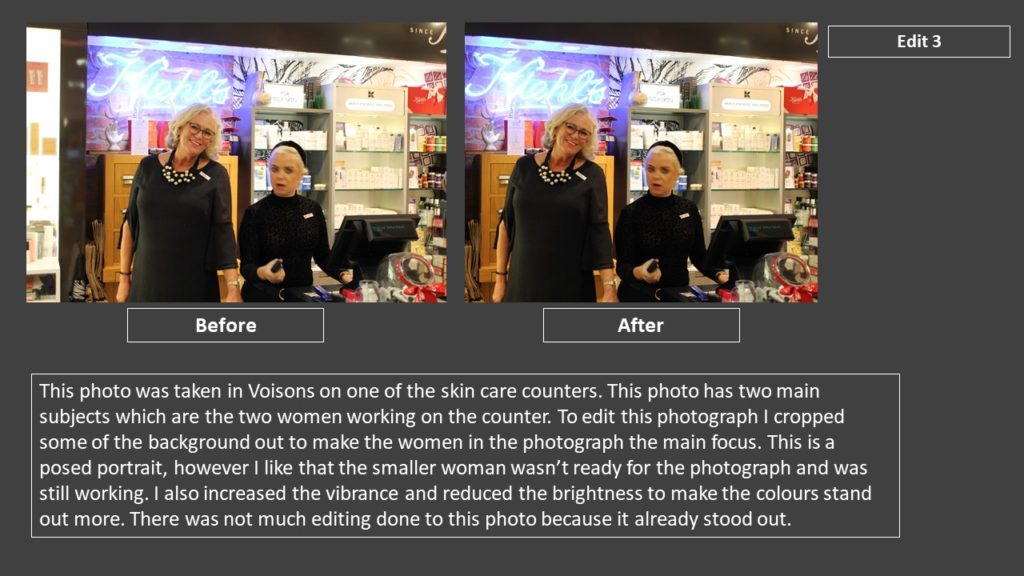
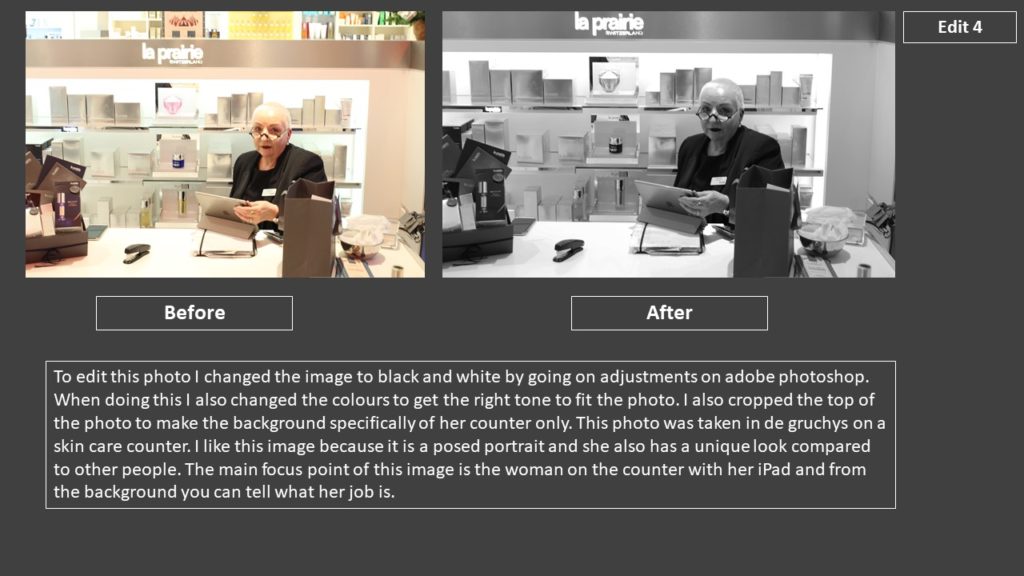


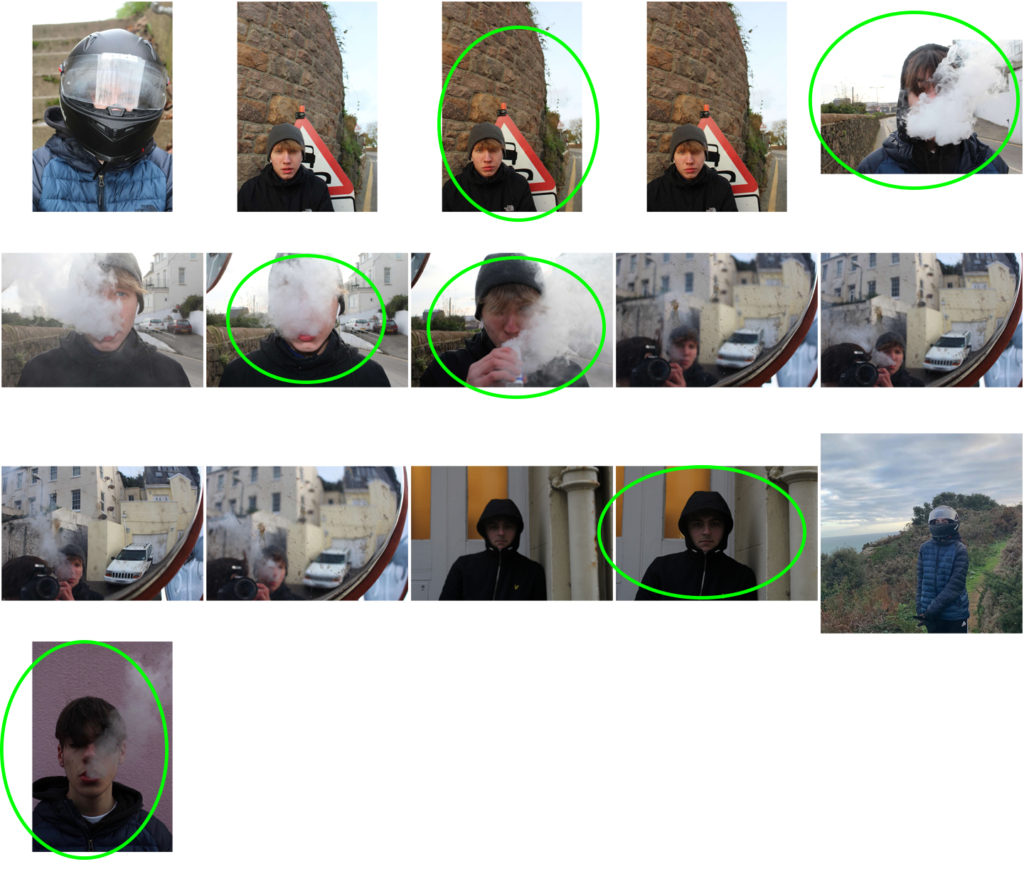
The images circled in green are the ones that I think are the best.


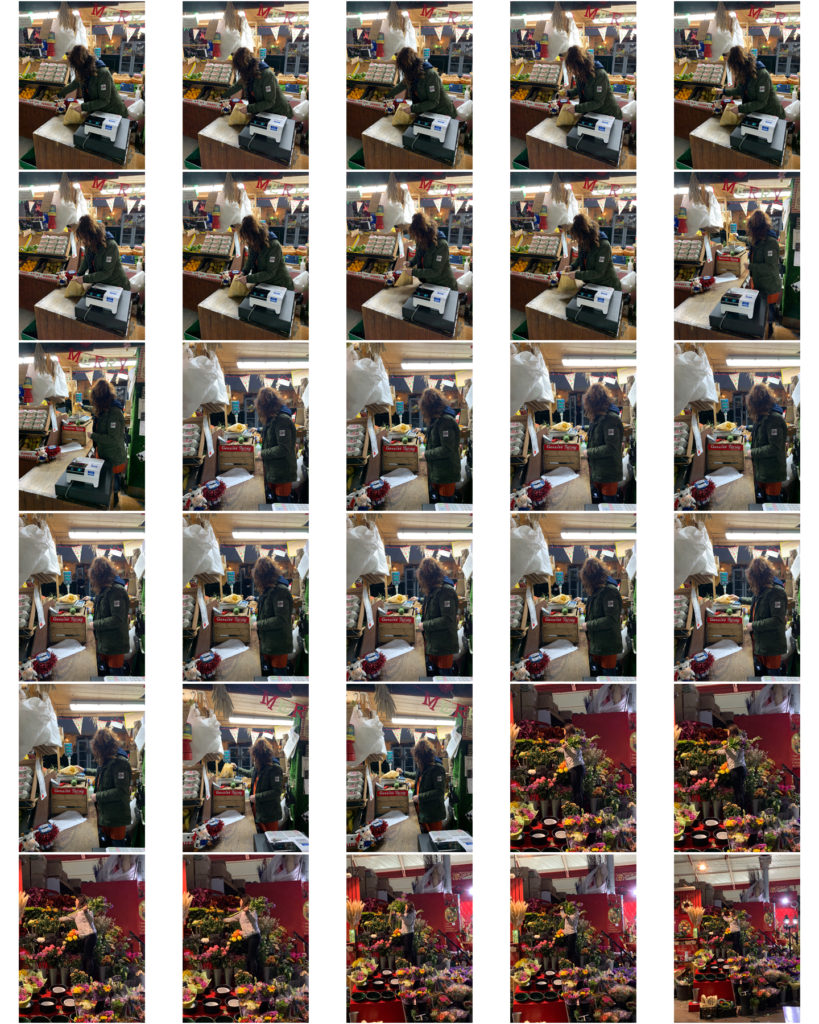
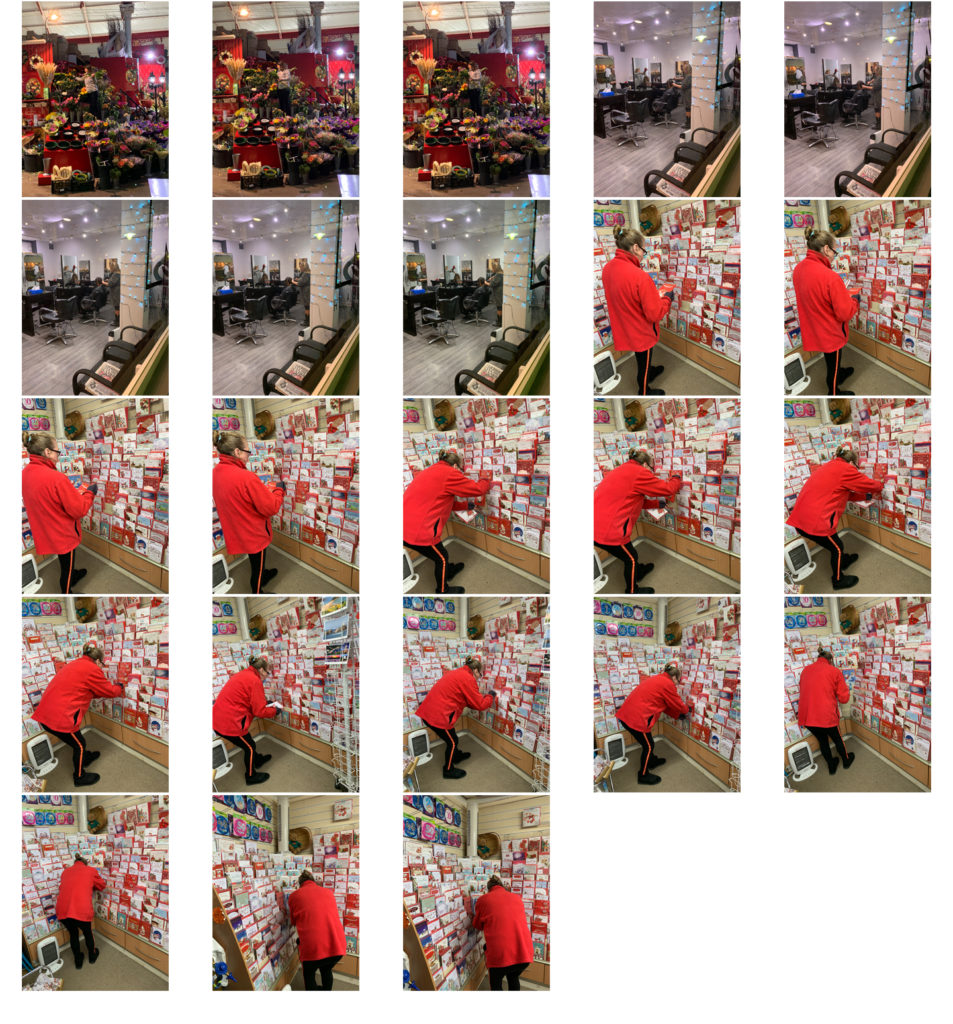
Who? I will be photographing people who are working such as employers and employees
What? I will be photographing pictures of people in their working environments, posing in a formal manner at the Camera
When? I will take these photos on Friday 15th November 2019 at around 4/5pm as this will cause a more dimmer lighting so that the artificial lighting of the inside of buildings will stand out.
Where? I will go to many places around town such as the market, clothing shops, book shops and more in order to get a variety of people working in their usual environments.
Why? I think that this will work as because I have a good idea of which shops and sections I want to visit this should cut down on any wasted time.
How? I will be taking these images on a Cannon EOS 1200D, and will be manually adjusting the lighting depending on my setting
Who? I will be photographing a variety of people of the public
What? I will be photographing them in a formal and a candid format.
When? I will be conducting this photoshoot on Monday 18th November 2019 as this isn’t generally a busy day therefore wont be too many people around them making it easier to be able and focus on one person.
Where? I will again try and take my photos in a variety of locations such as jewelers, make up shops, toy shops and more, as these generally have busy settings which will hopefully eliminate a lot of negative space.
Why? I think that this strategy will work as I will end up with a variety of mini photo shoots giving me many photos to choose from, this will also allow me to experiment my images due to the different lighting’s.
How? by letting them continue with their task whilst I wait for a specific moment which I think will work well for my photoshoot. I will also be using the Cannon EOS 1200D
Red: Image was out of focus / Motion Blur
Blue: Over/ Too under exposed


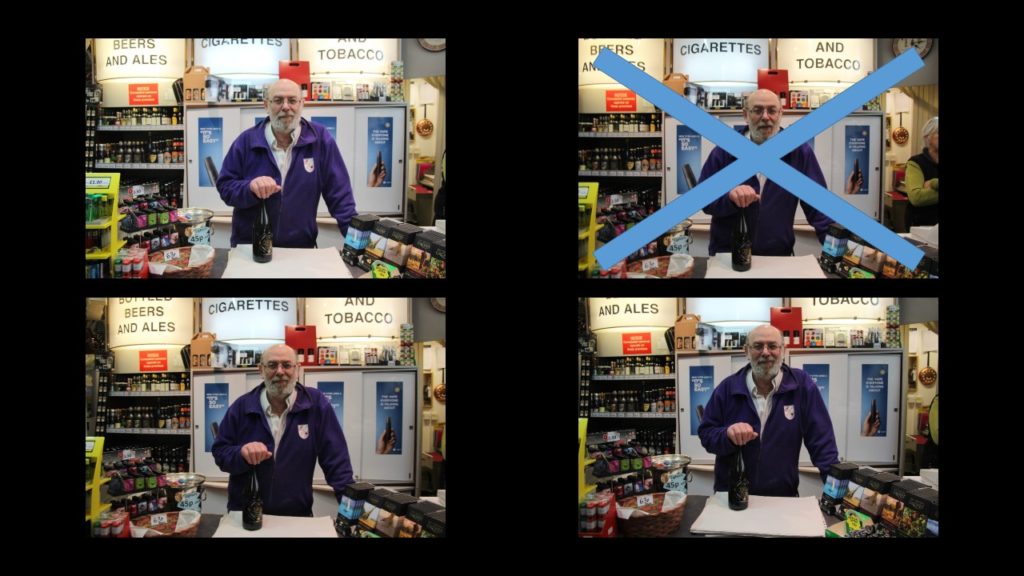

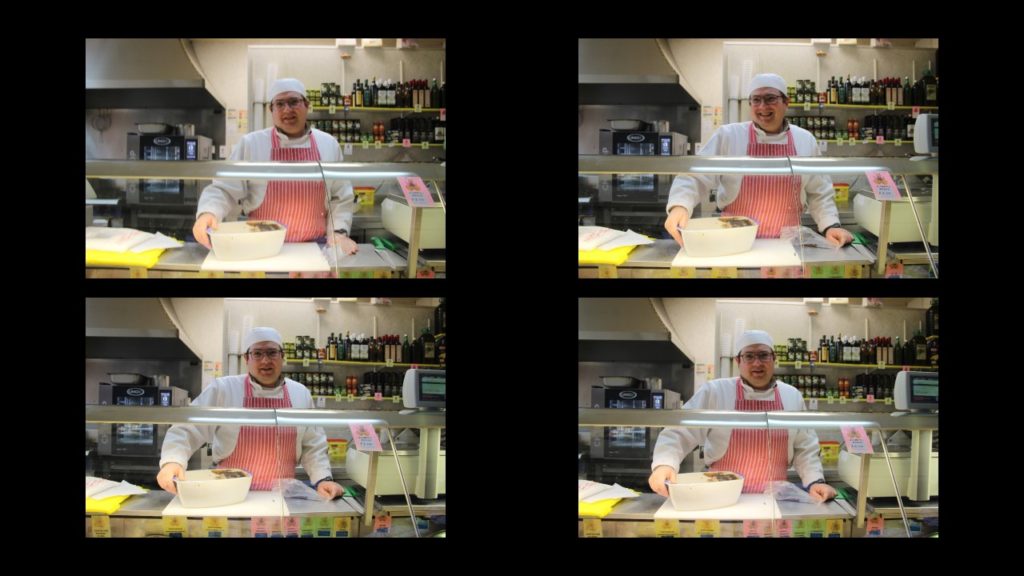

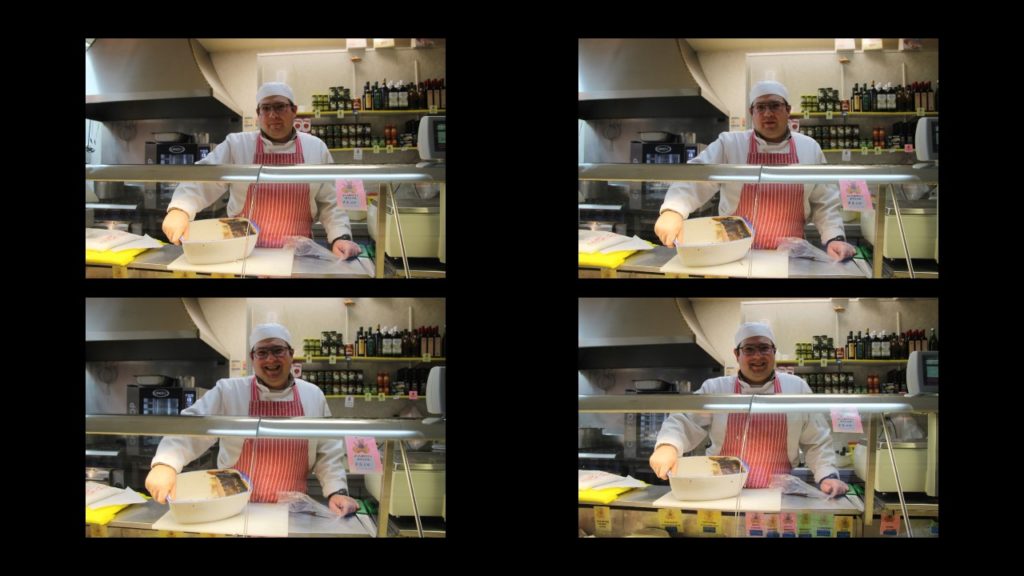
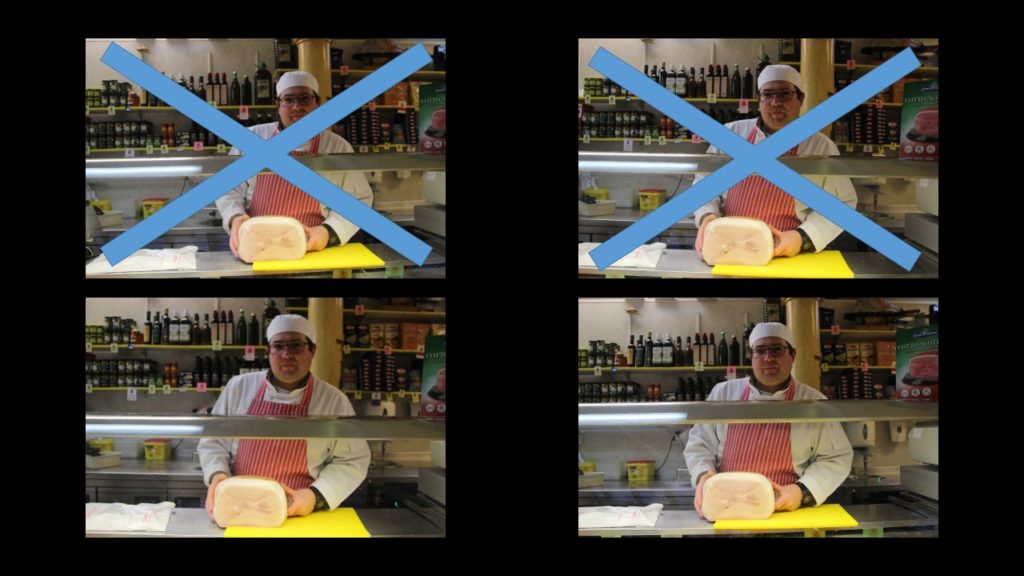

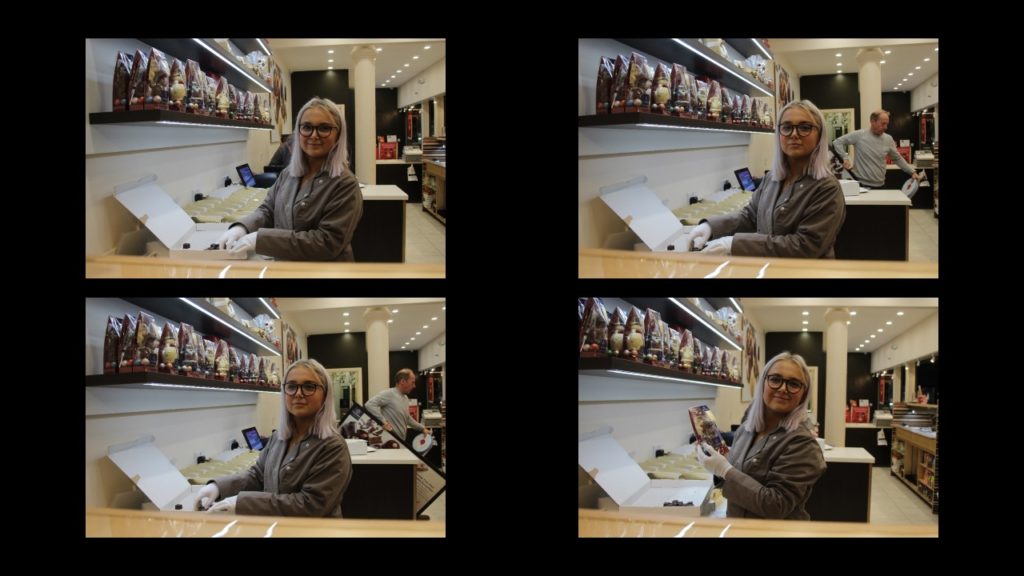




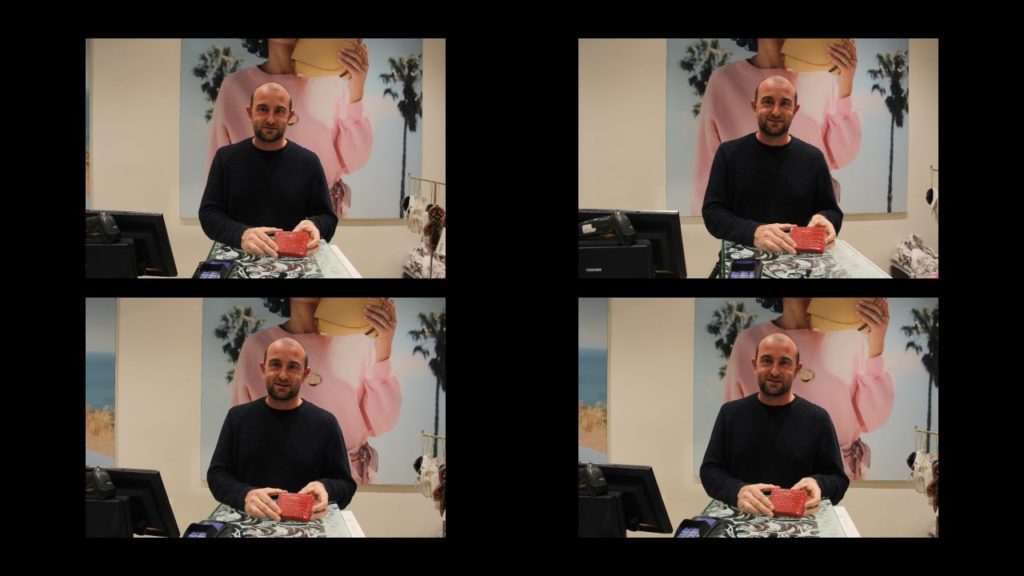
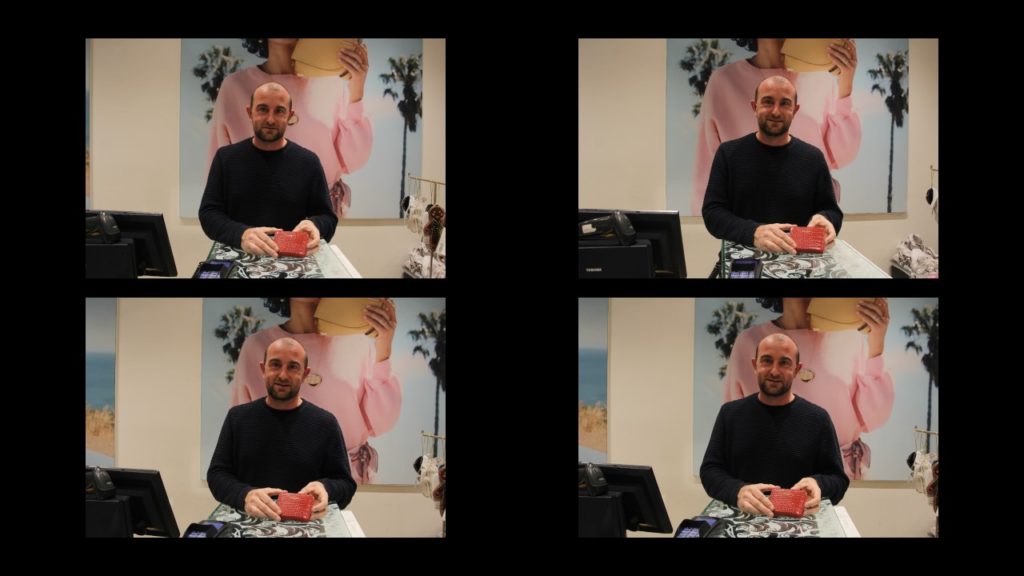
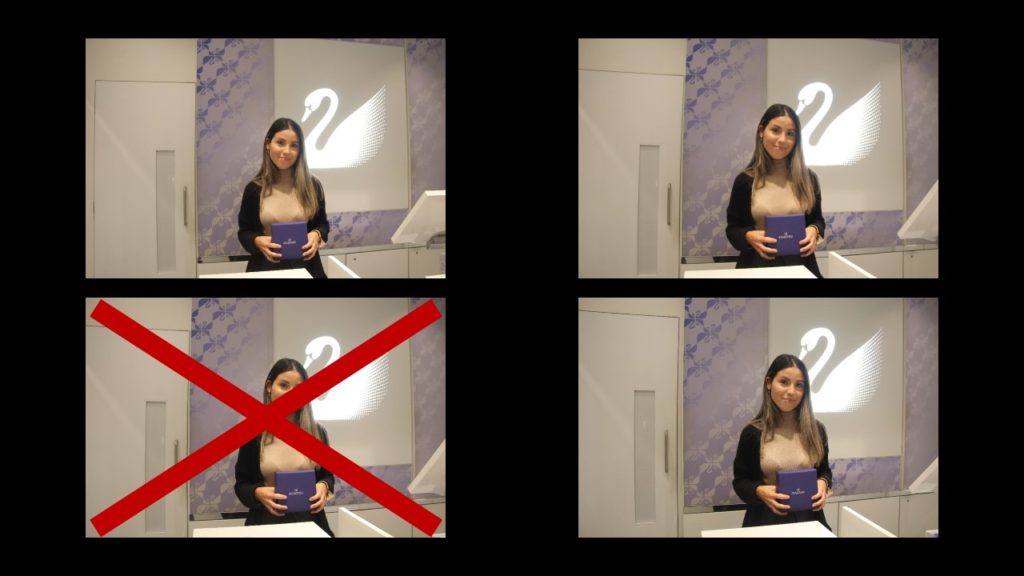












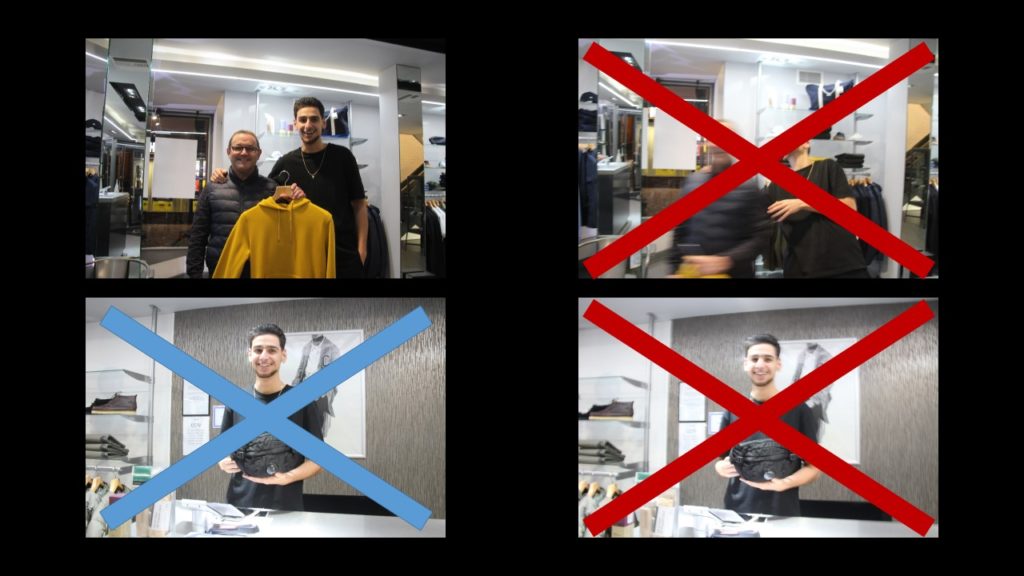




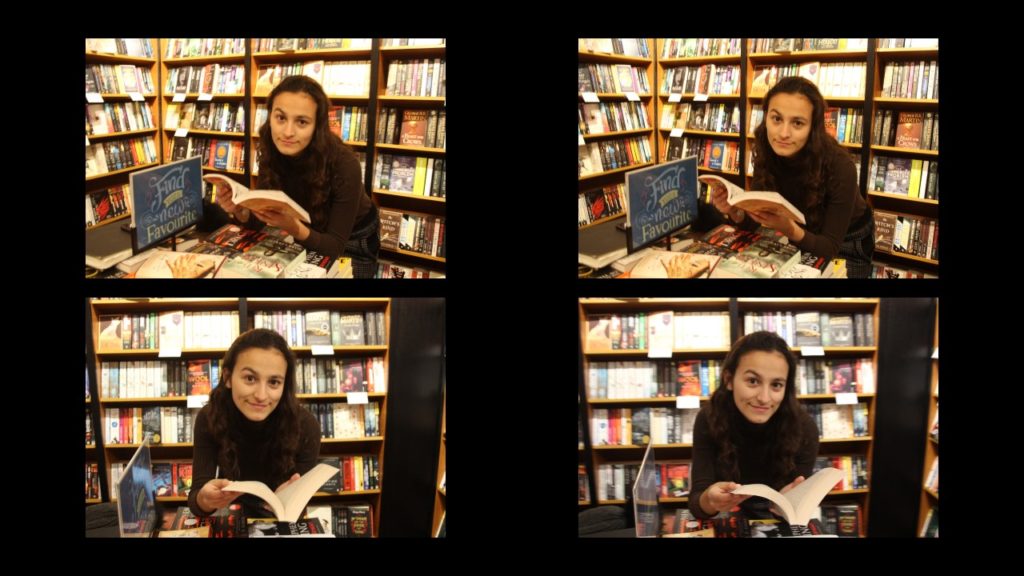

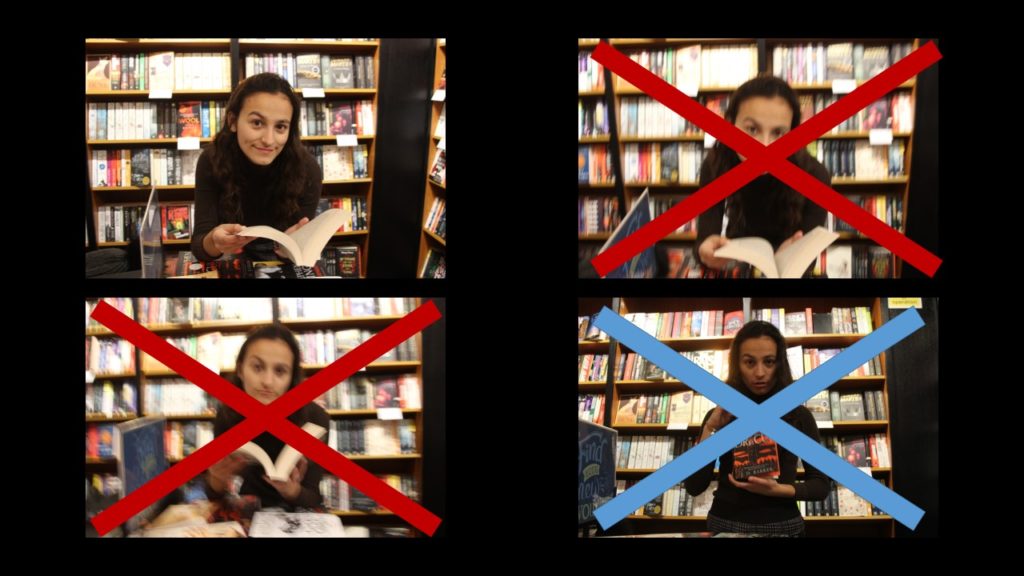
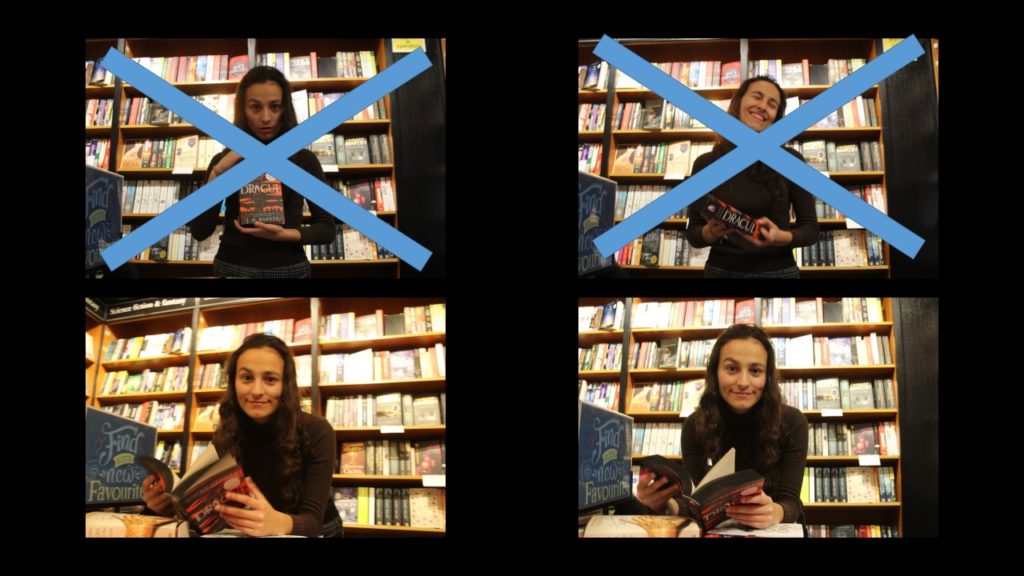
Yellow: Out of Focus / Motion Blur
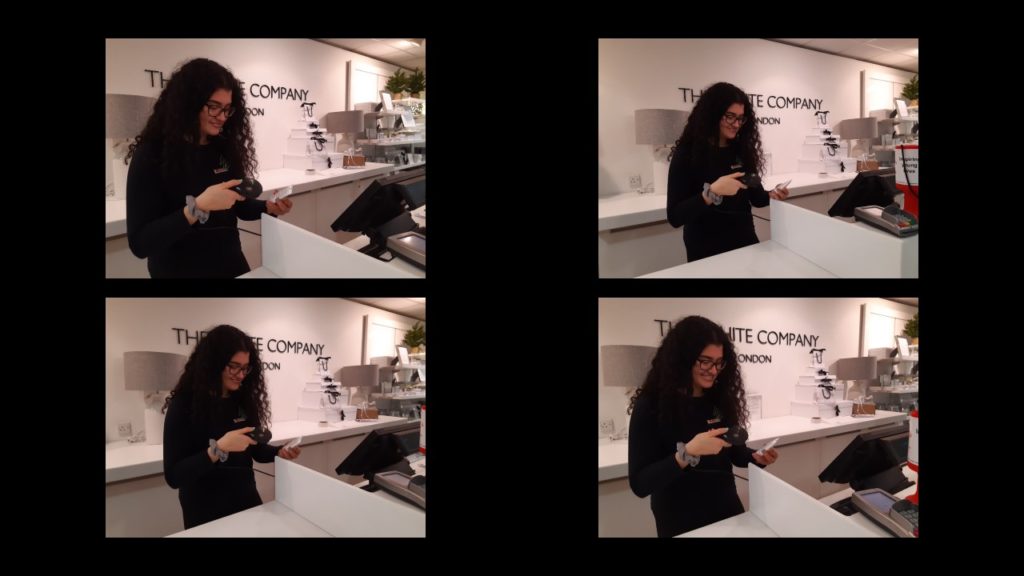


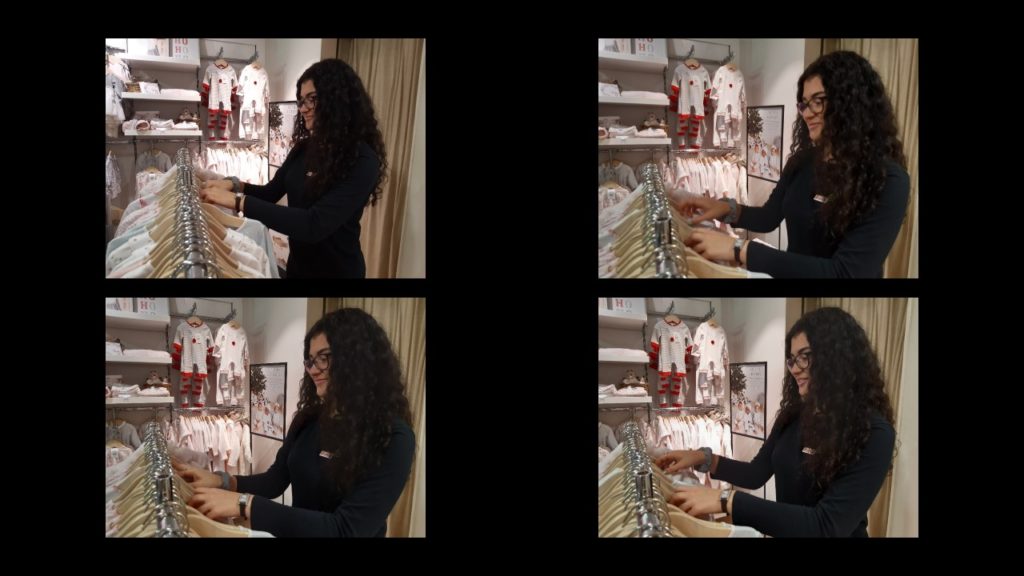
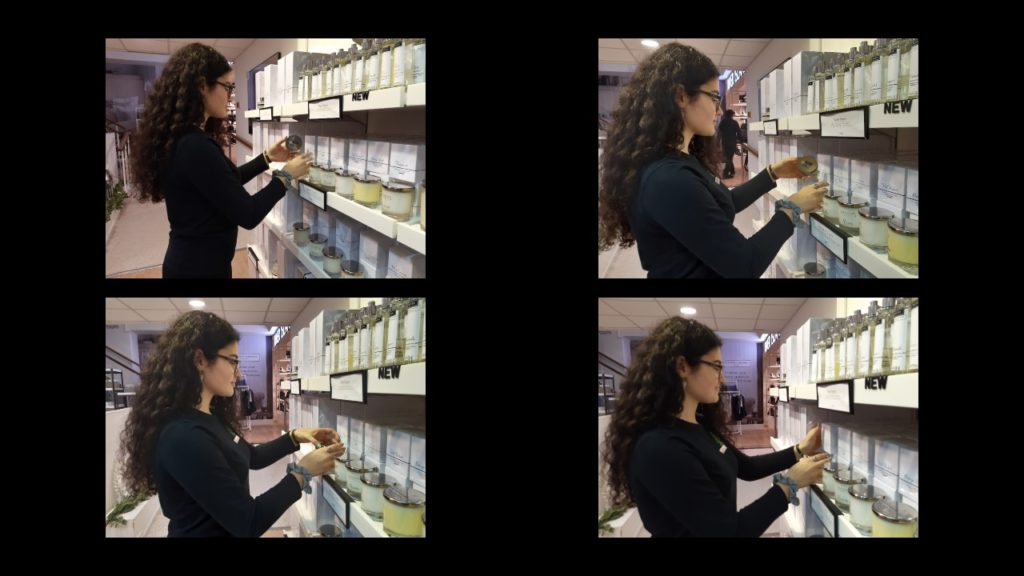




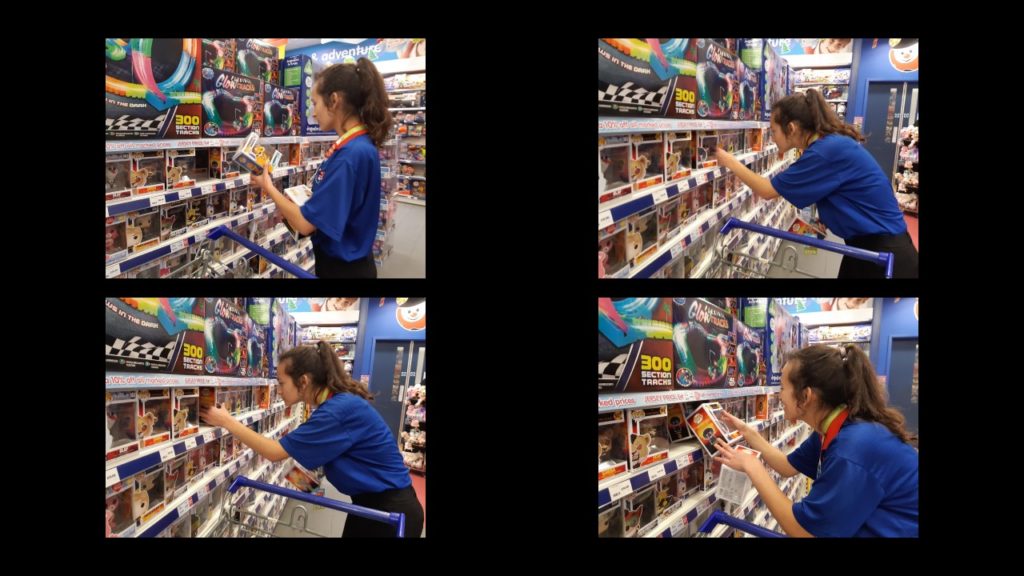
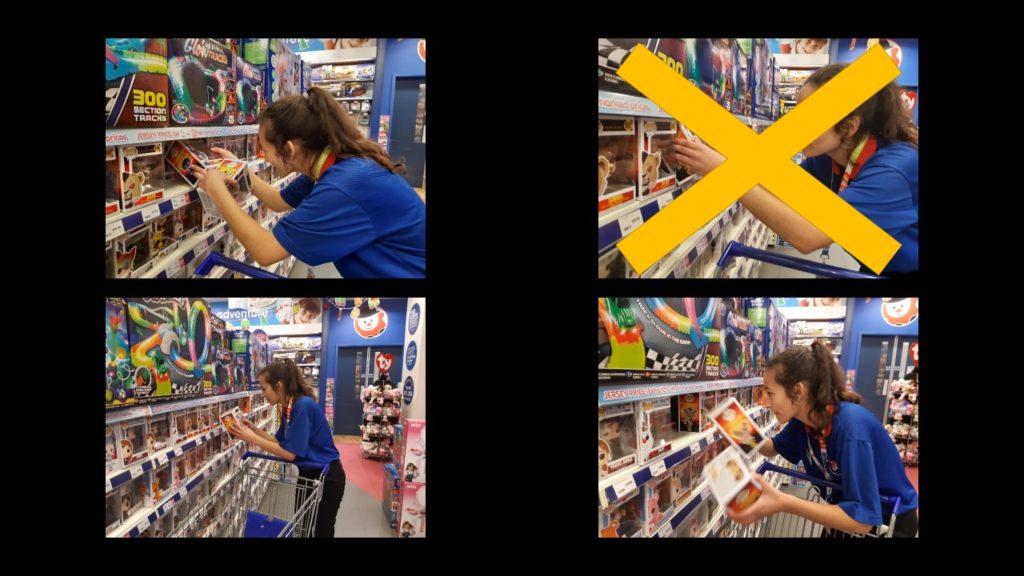
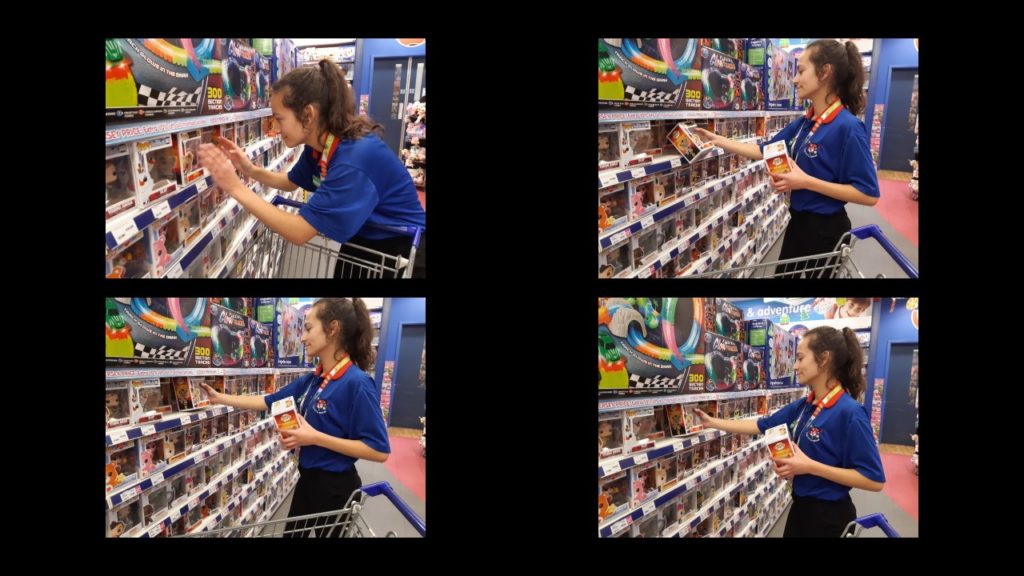
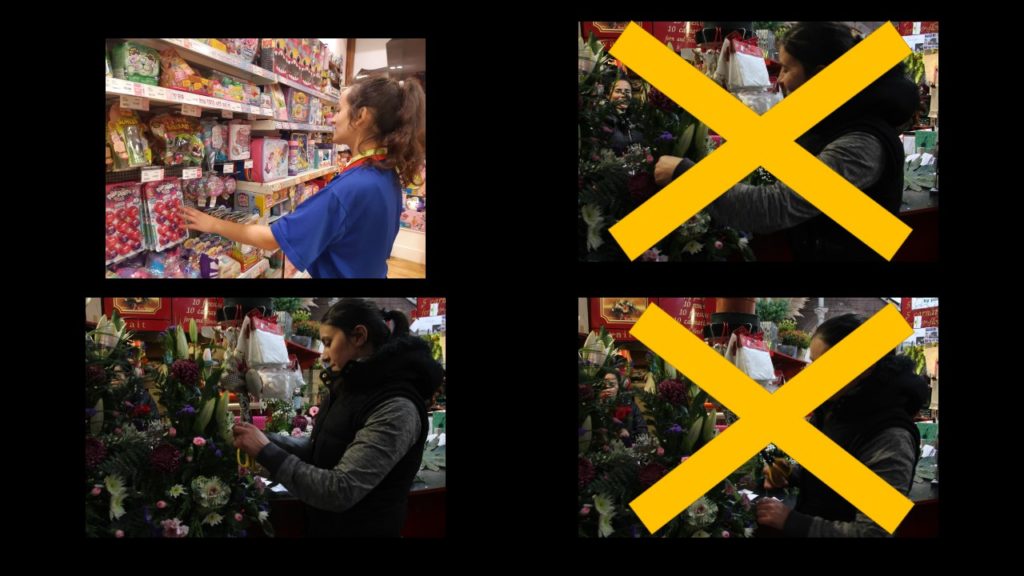

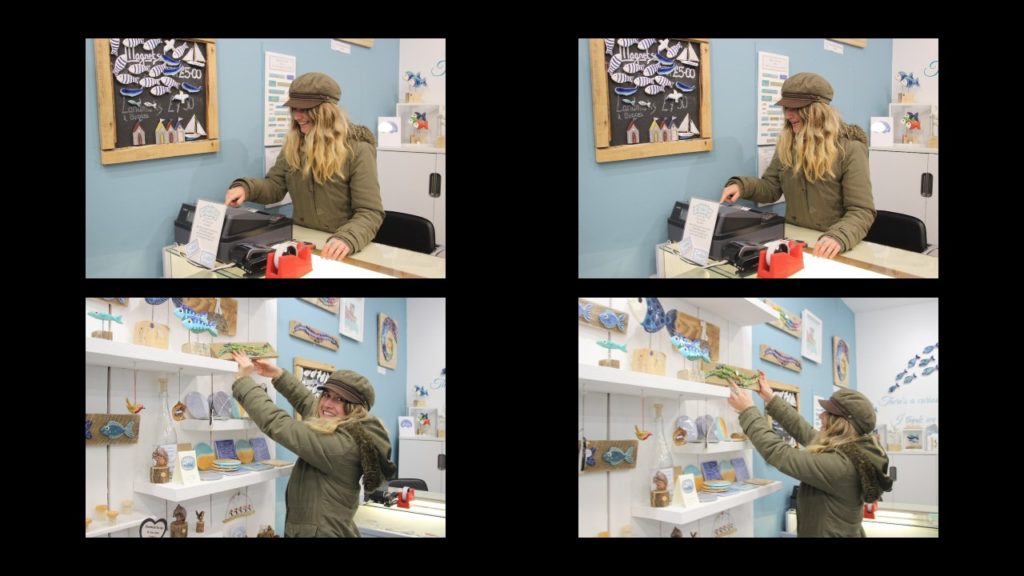




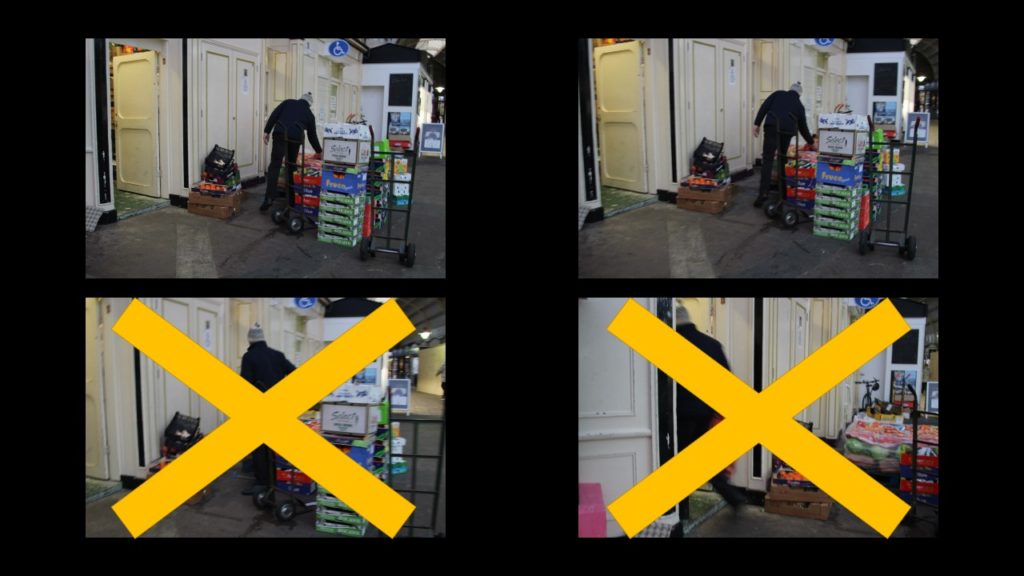
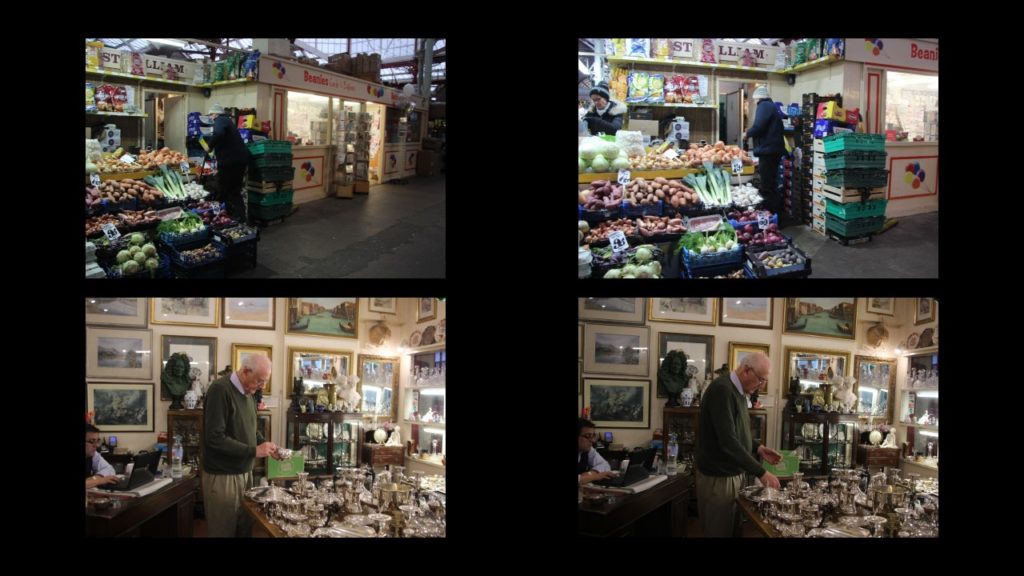
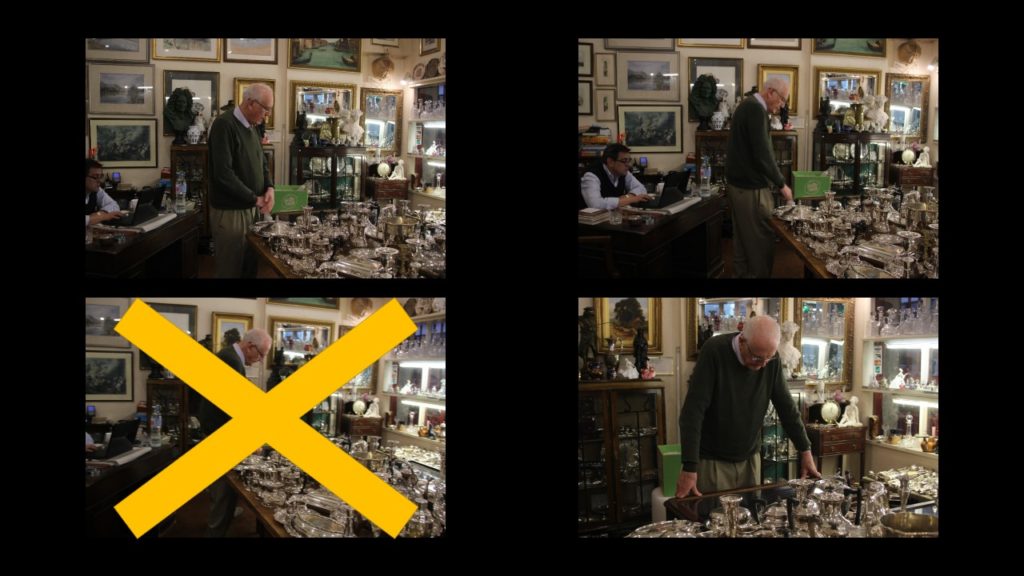




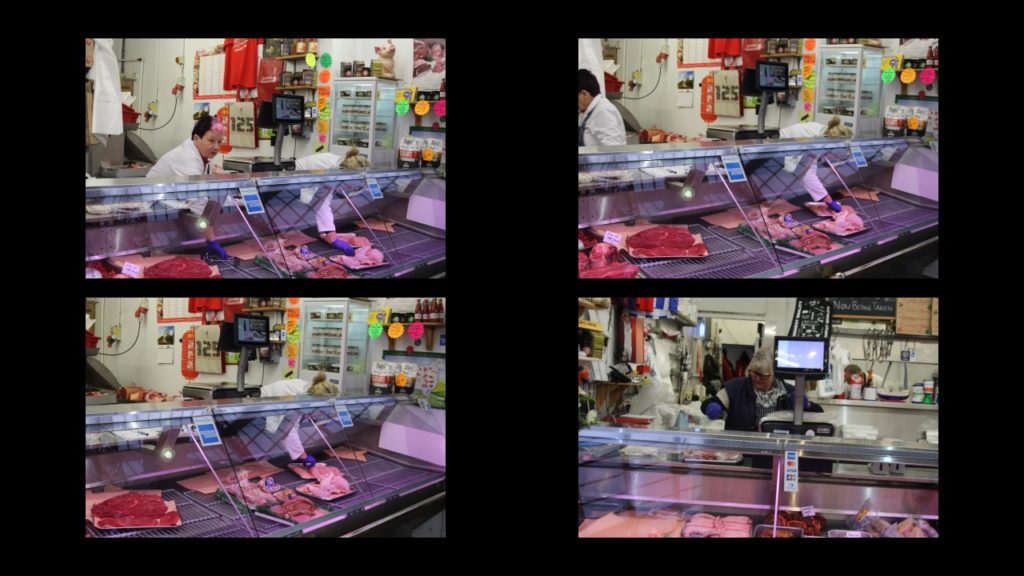

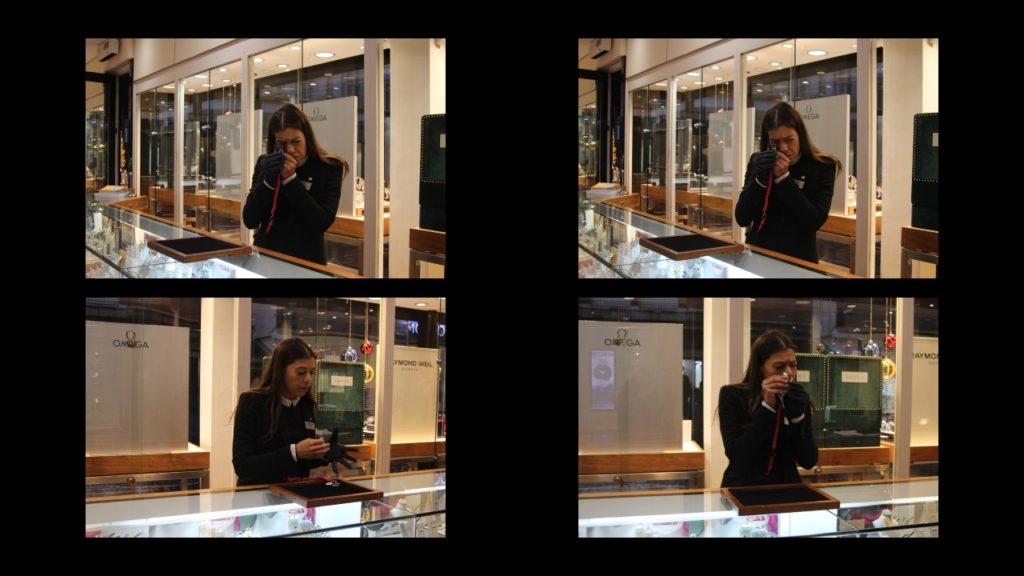



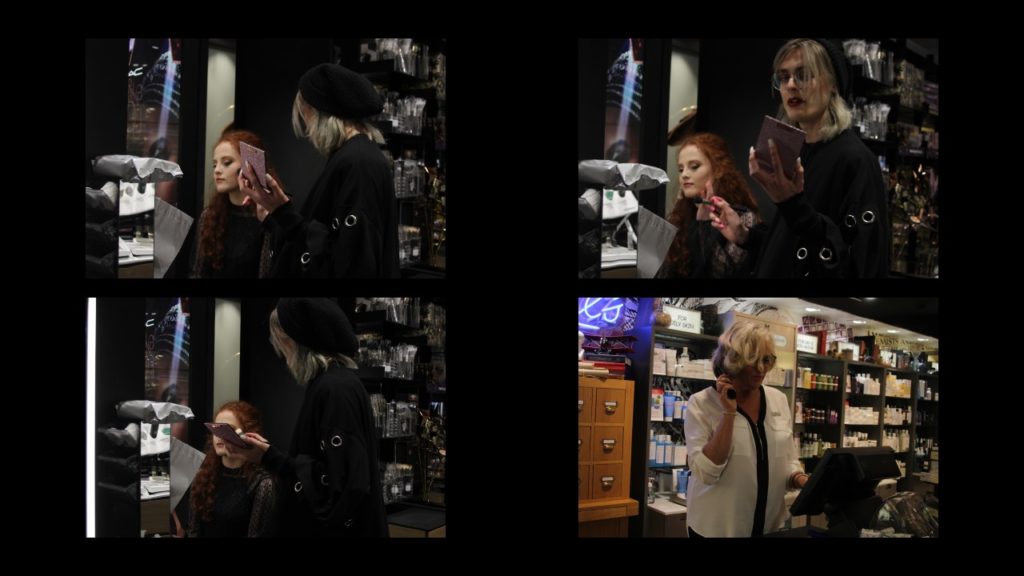
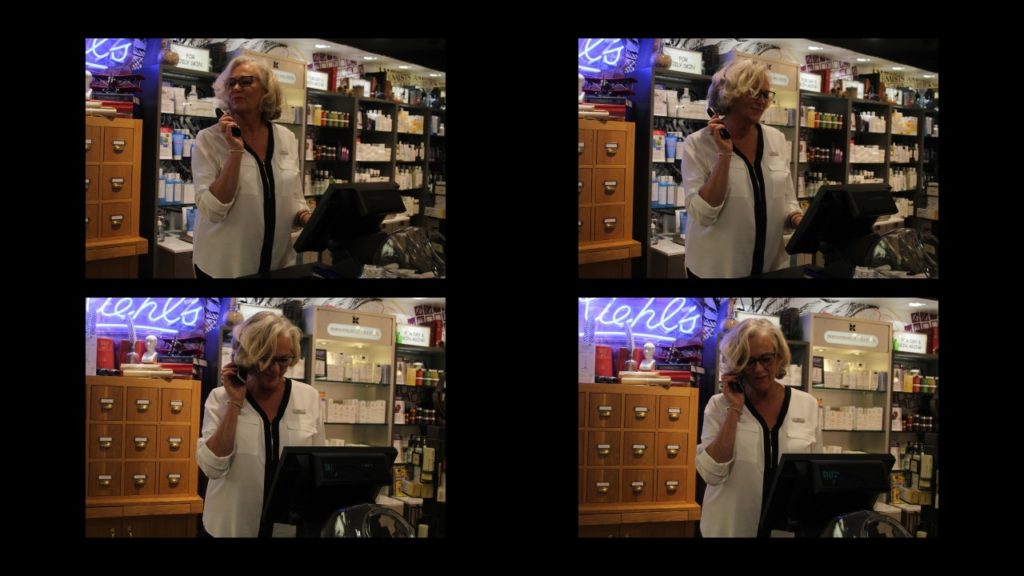
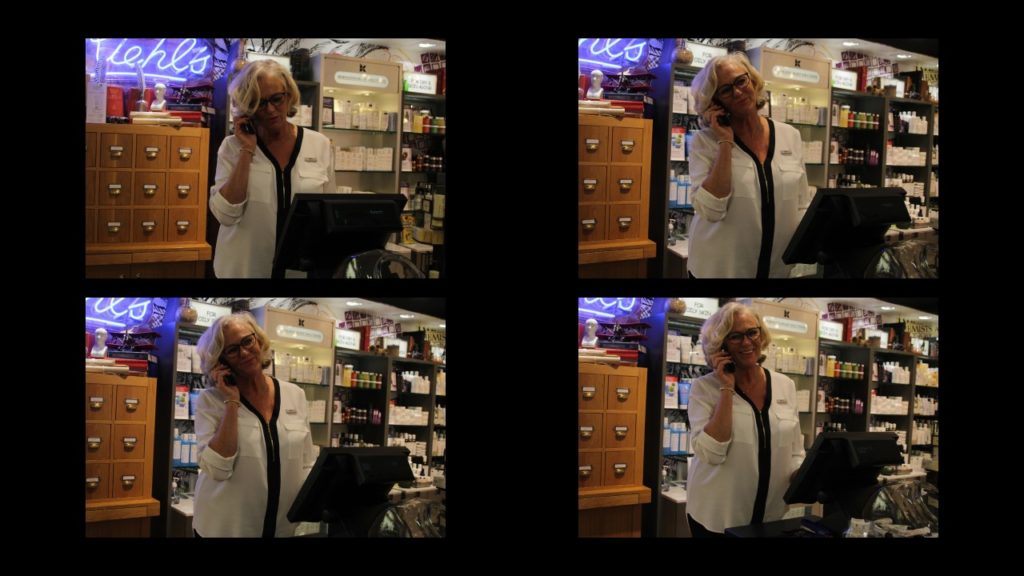
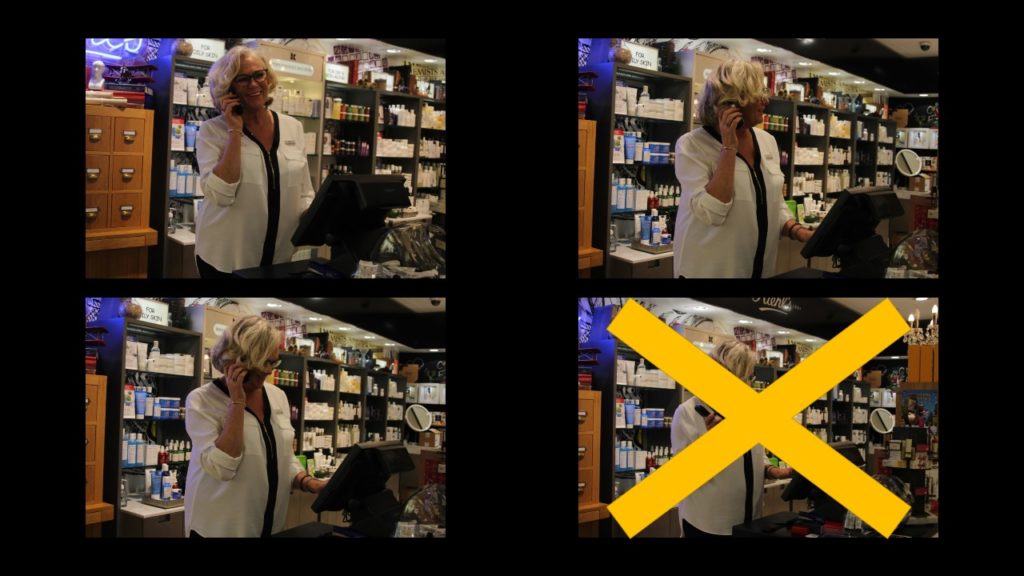
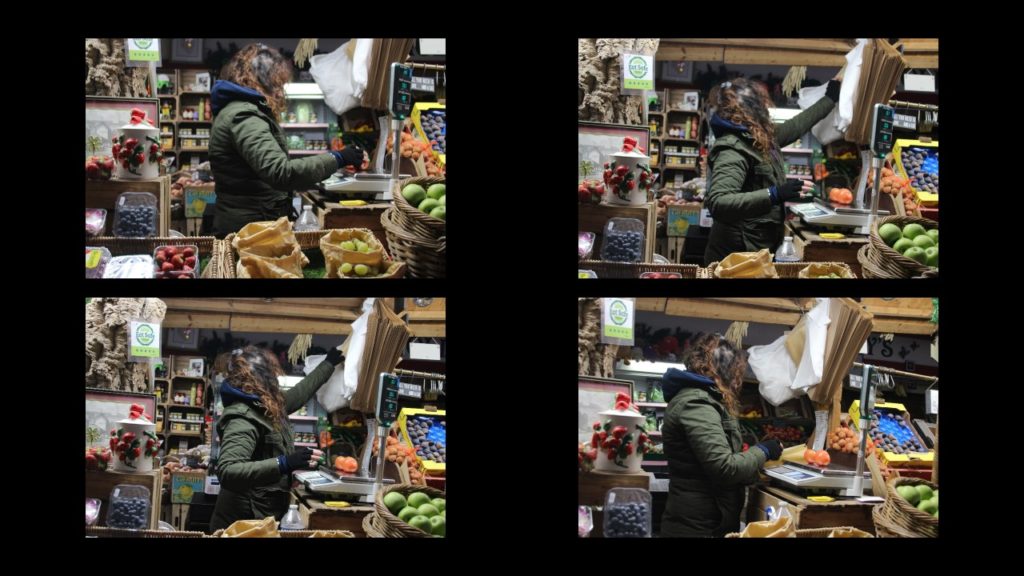
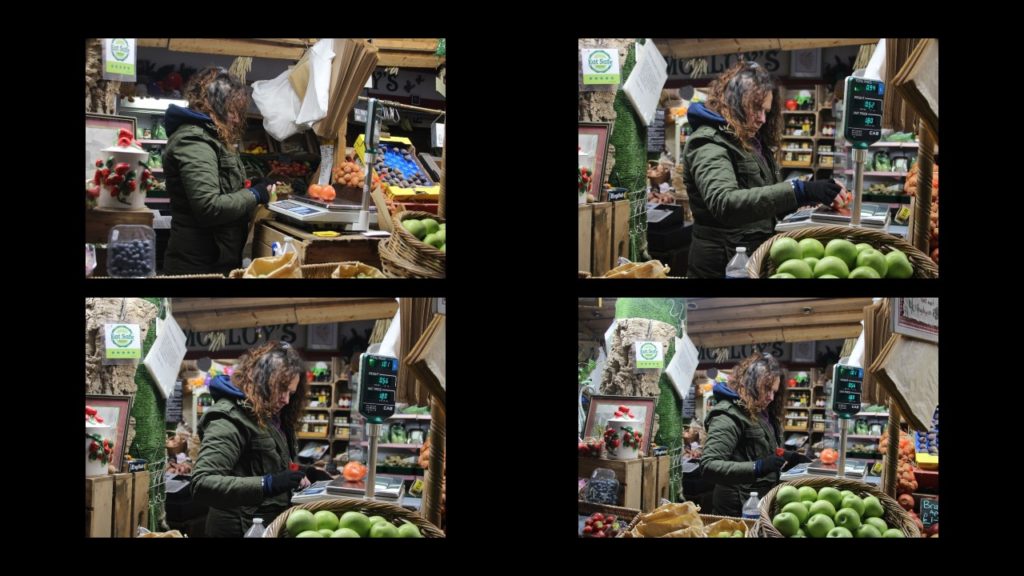
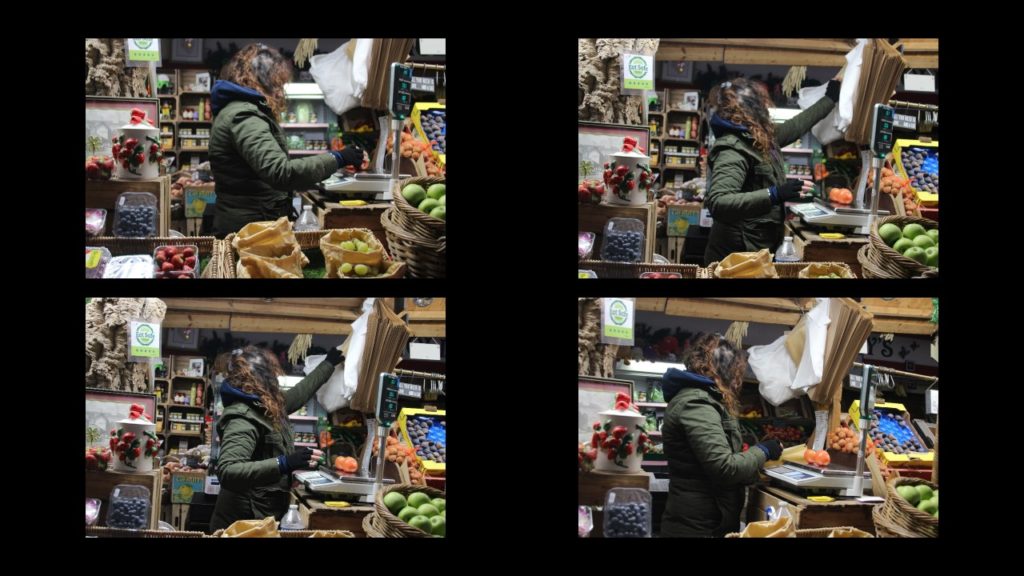


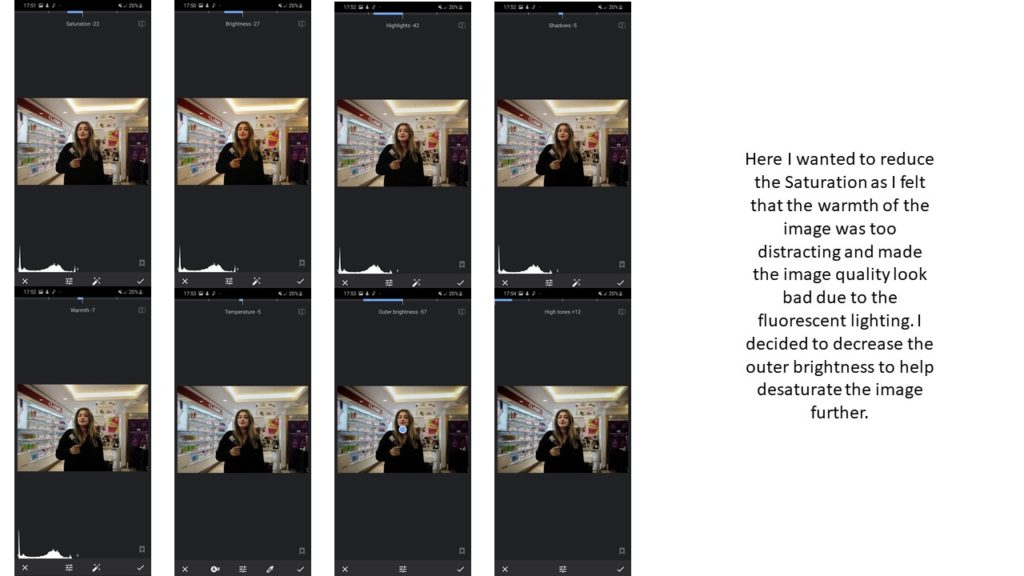


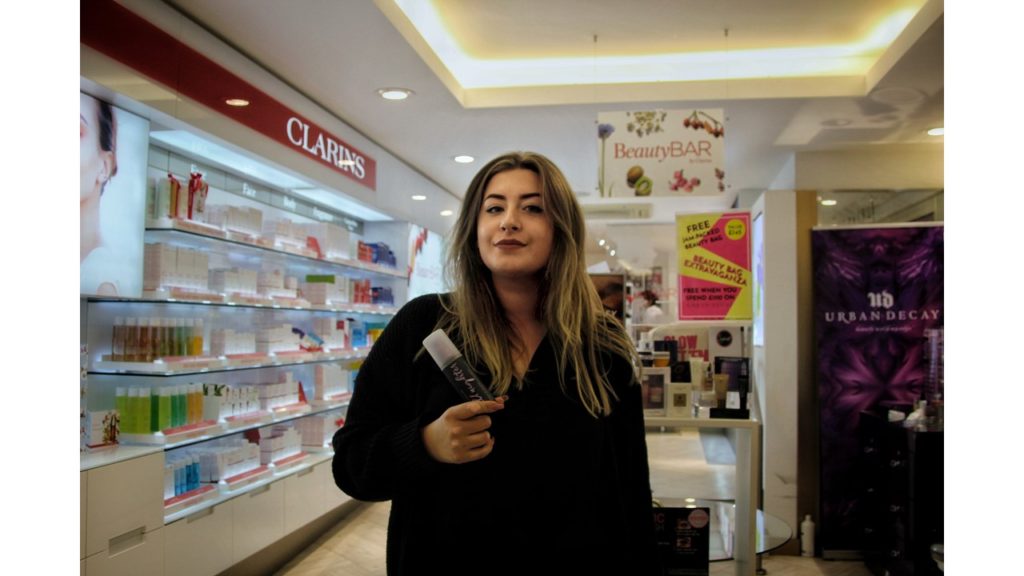





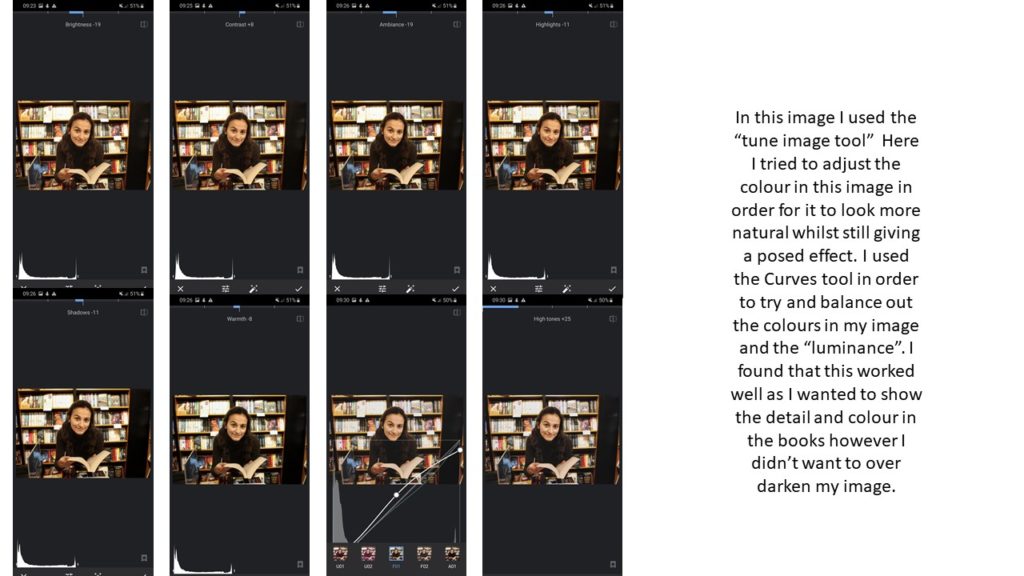

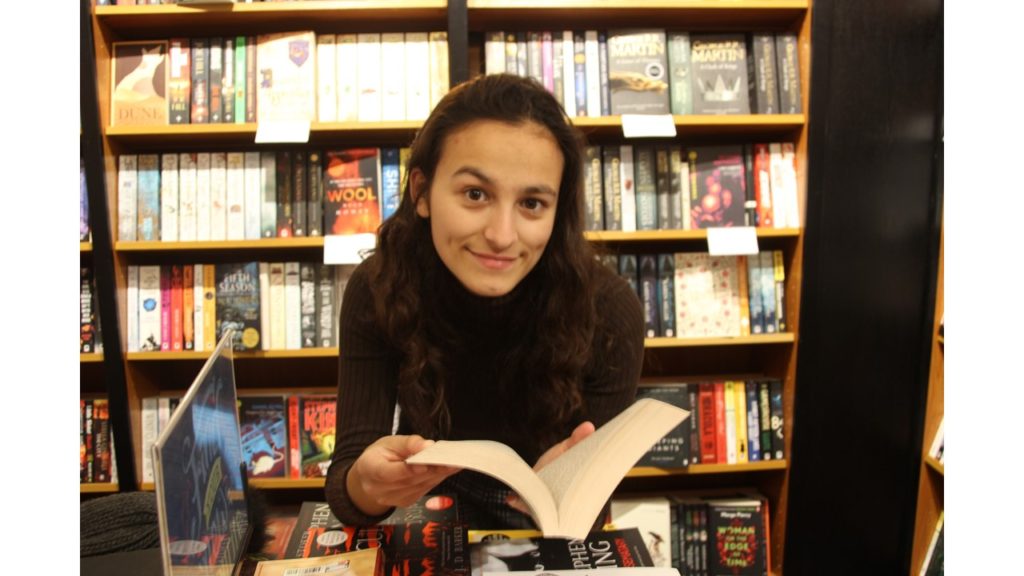

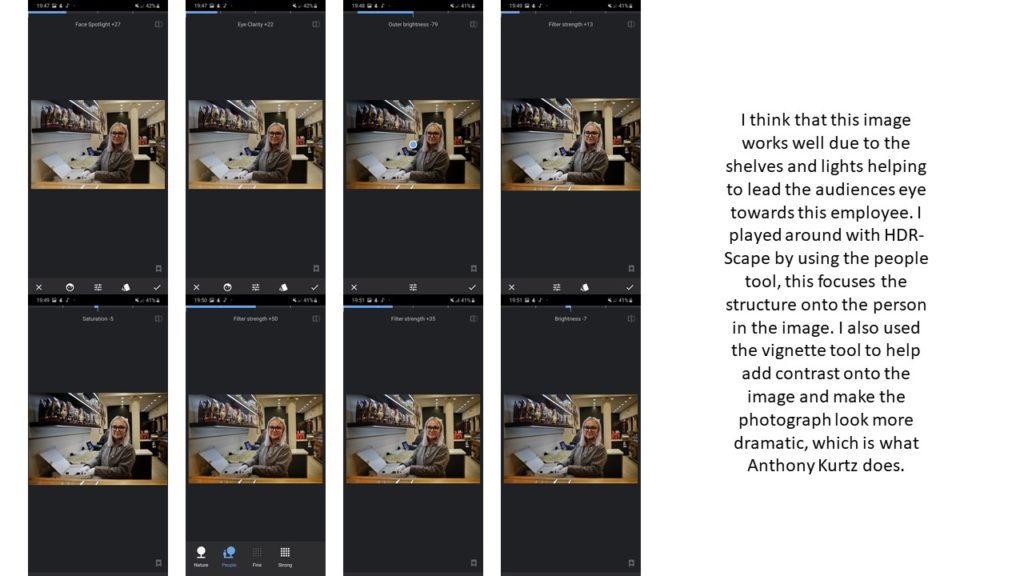




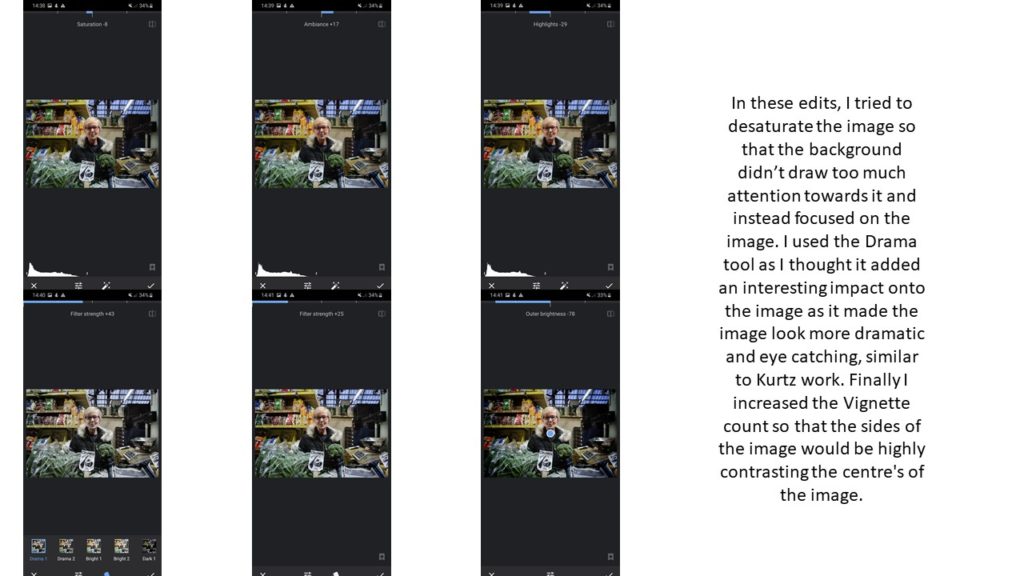

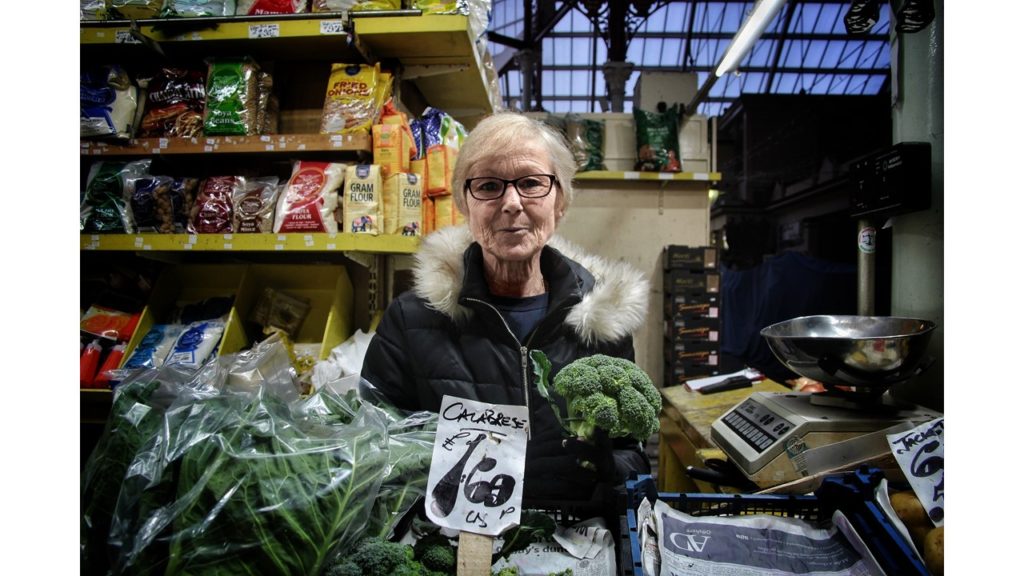


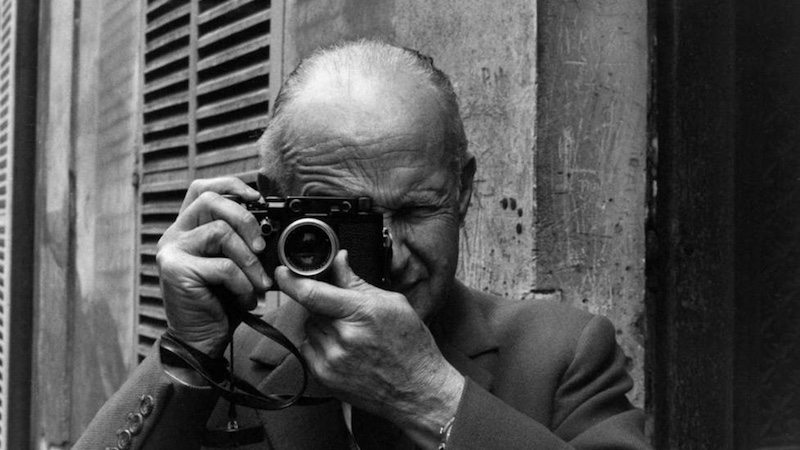
Henri Cartier-Bresson was a French photographer and pioneer in candid and street photography. Born in 1908, he took up photography in the 1930s and saw the art of photography as a way of capturing a “decisive moment” in time and preserving it forever.
In 1947, Cartier-Bresson, along with Robert Capa, David Seymour, William Vandivert and George Rodger founded Magnum Photos; a picture agency owned by its members. The founders split assignments up between each other and went off to different parts of the world. Cartier-Bresson went to India and China and gained international renown for his images of Gandhi’s funeral (1948), as well as the Chinese Civil War (1949).
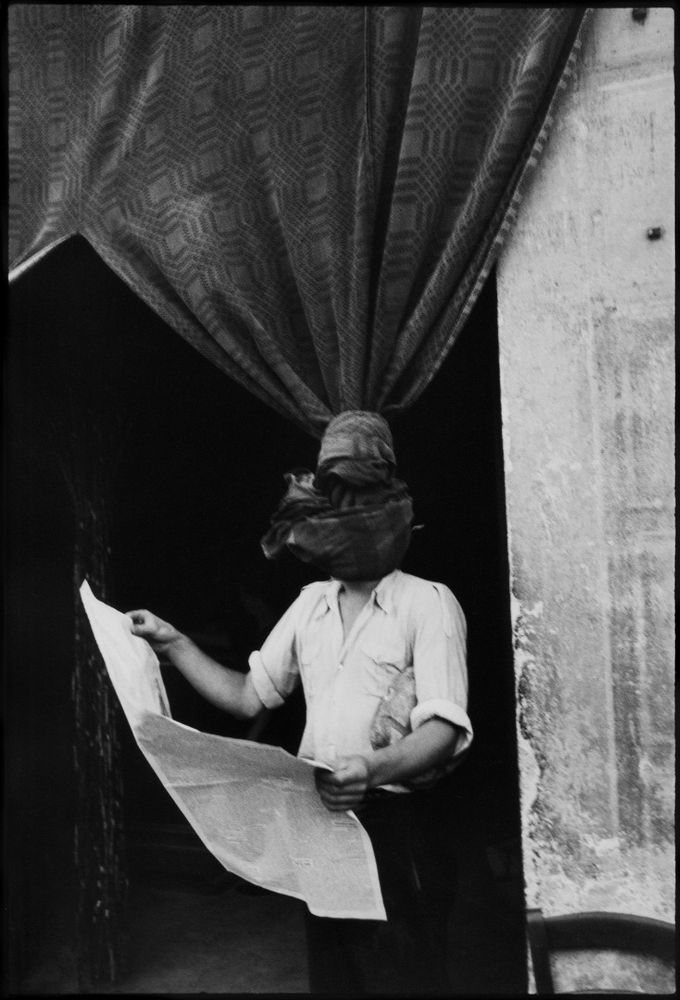


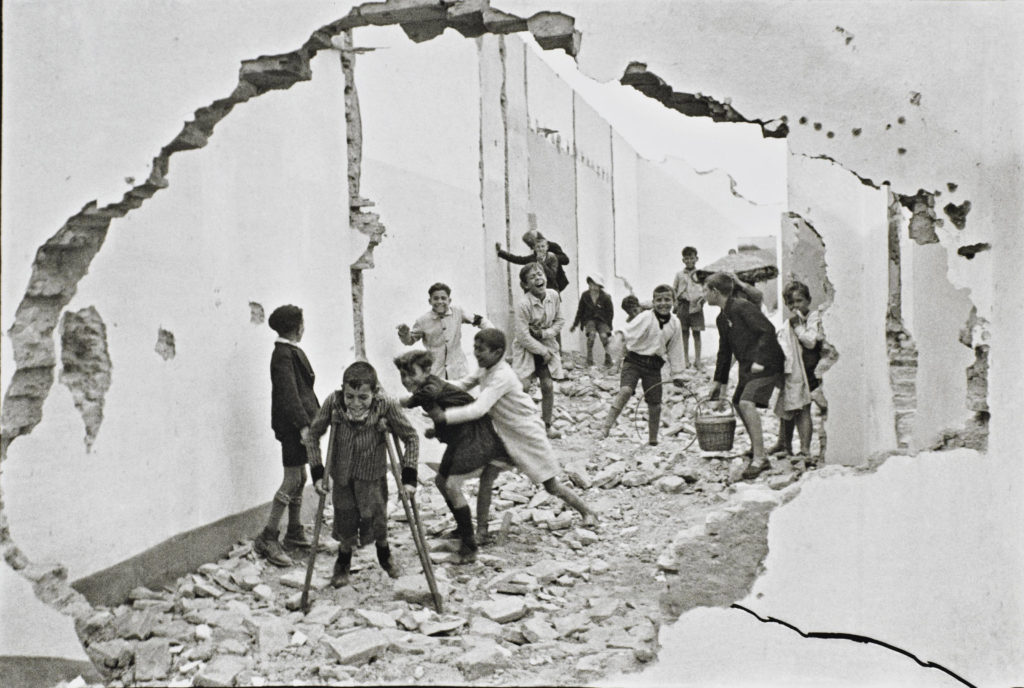

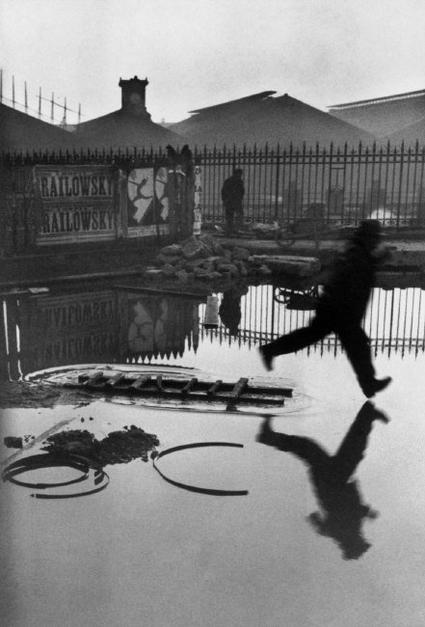


Cartier-Bresson published his book in 1952, called “Images à la sauvette”, meaning images taken hastily. The English translation was “The Decisive Moment” and it included 126 pictures from his travels over the world. The cover was drawn by Henri Matisse, who met Cartier-Bresson when he escaped a German work camp in 1943.


TECHNICAL– The image was taken in natural light, during the day, and the shutter speed ensures that the exposure is enough to almost complete white out the sky and make the figures of the children stand out as the main focus of the image, as they are wearing dark clothing.
VISUAL– This image is in black and white, which shows its age, and it had some 3D elements to it, through the use of the hole in the wall in the very forefront and the children at staggered positions through to the background; the picture being taken with the camera lens pointing through the hole itself.
CONCEPTUAL– The image of young children with smiles on their faces, playing happily in what appears to be a war zone is highly contrasting and almost unnerving to look at. Cartier-Bresson maybe intended to angle this shot through the hole in the wall, framing the image within the damaged wall, to make the viewer feel more like an outsider and increase this sense of unease.
CONTEXTUAL– This image was taken in Seville, in Spain, near the beginning of Cartier-Bresson’s career as a photographer. It depicts some young boys playing in what appears to be the ruins of a war or conflict of some sorts, but in fact this image was taken before the Spanish Civil War had even begun (taken in 1933). When we know this, the image becomes significantly more interesting, as it almost serves as a warning or a sign of the conflict to come, and it leaves the viewer to reflect on the political state of Spain as well as on the well-being of the young children.
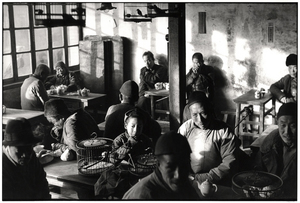



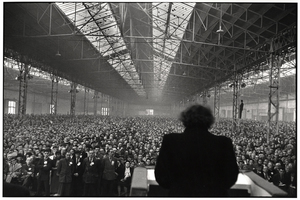







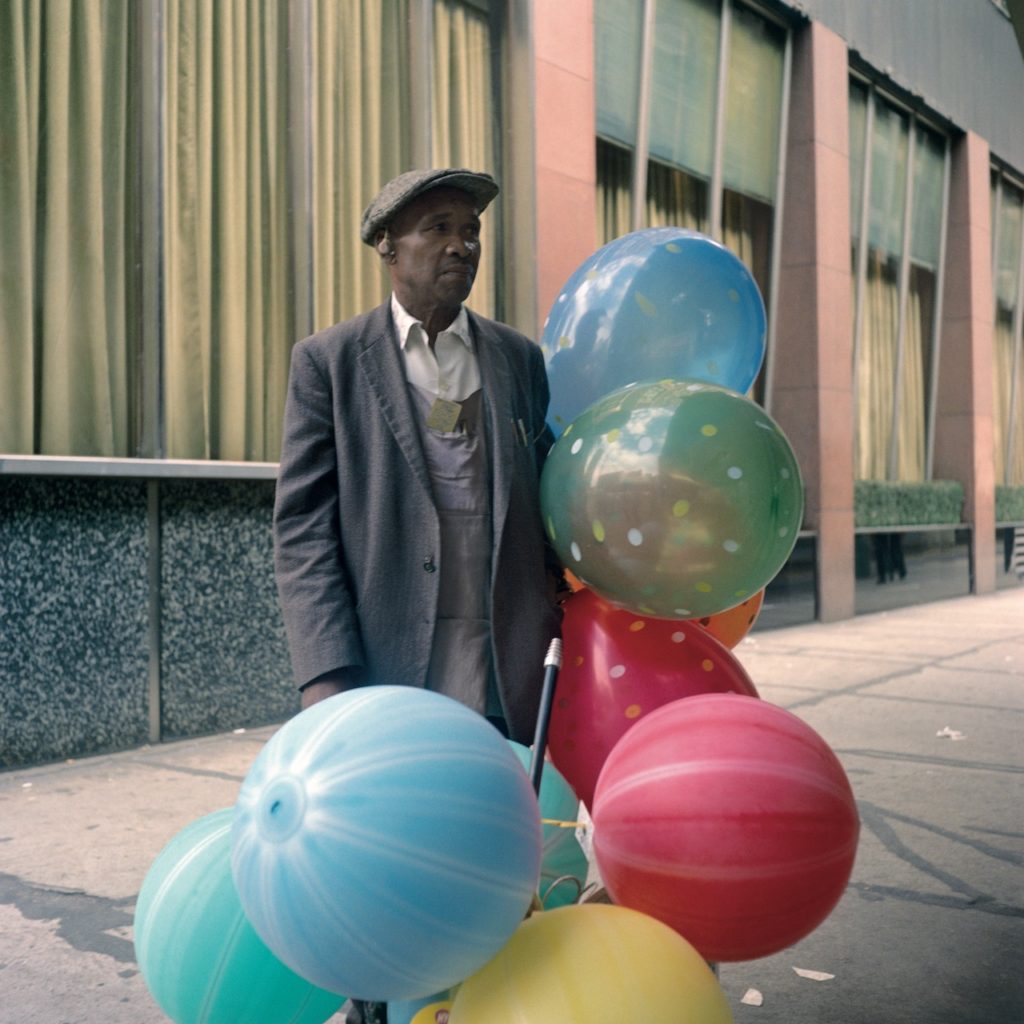
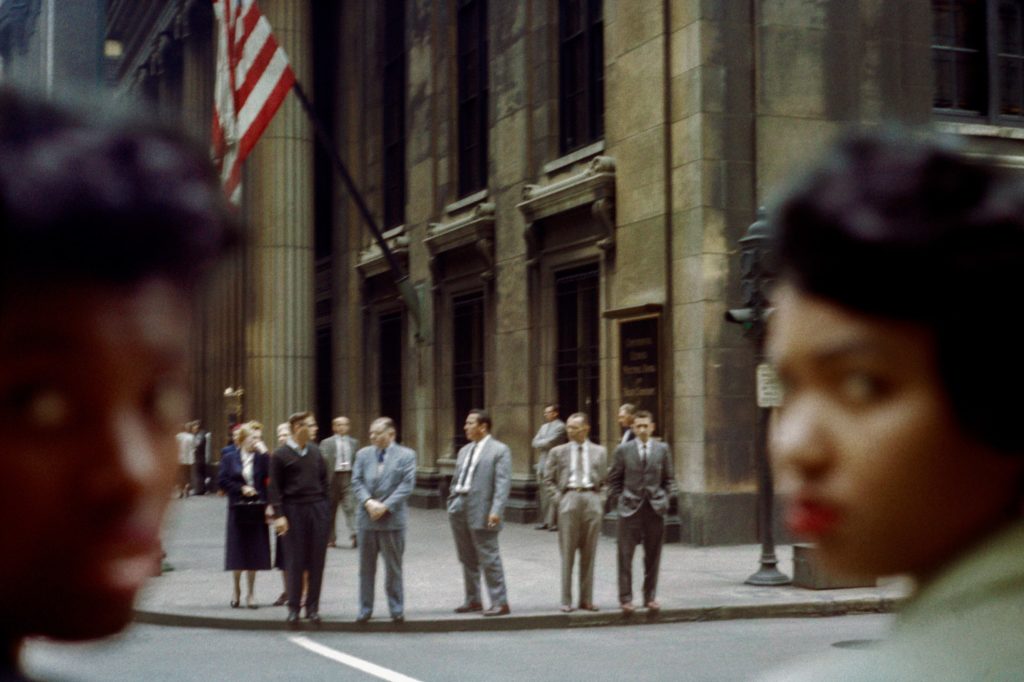
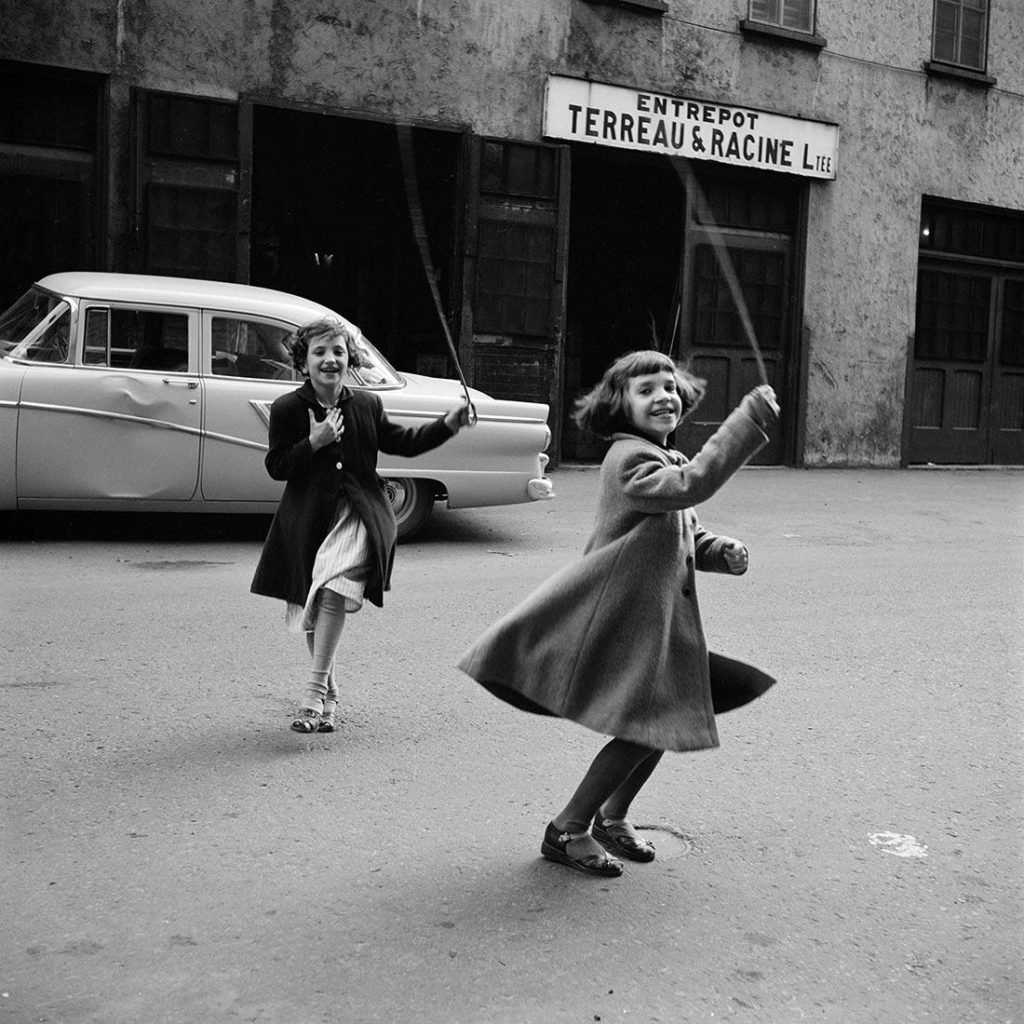


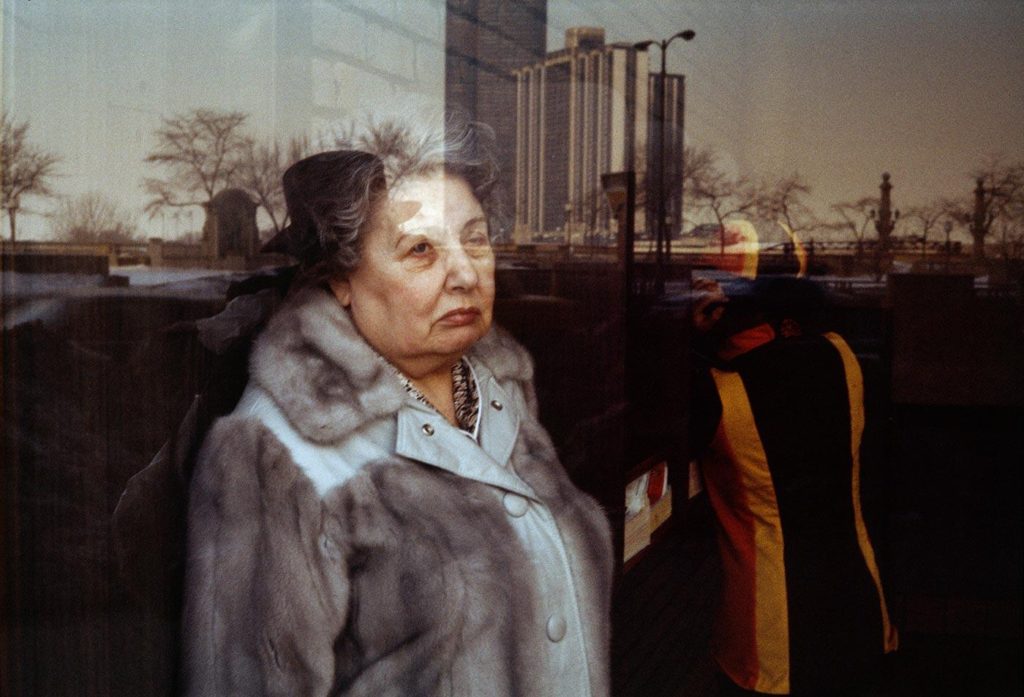
The most obvious difference between Cartier-Bresson’s work and Maier’s would be how Maier focused much more on people and using people to tell their story, whilst Cartier-Bresson’s work featured many more historical events and used those environments to tell a story. His work often needs context to fully understand and appreciate the significance of each image, whereas Maier’s work can be appreciated simply by looking at the image, as it focuses on a single person’s life in that one moment.
Both used colour but mainly worked in black and white, and both intended to capture what Cartier-Bresson called the “decisive moment”, a singular point in time captured by a camera and preserved forever. Bresson used this mindset to go out and photograph historical events with Magnum Photo Agency, and Maier used this to capture everyday people in otherwise non-interesting moments on the streets of urban cities.
Maier’s work is often more zoomed in to the subject’s face and focusing on their candid facial expressions at that singular point, and while Cartier-Bresson did make a lot of images like that, he also generally left the background very much in view, as this added to his overall image in the end. Both photographers’ images are mainly all in focus, suggesting a lower aperture.